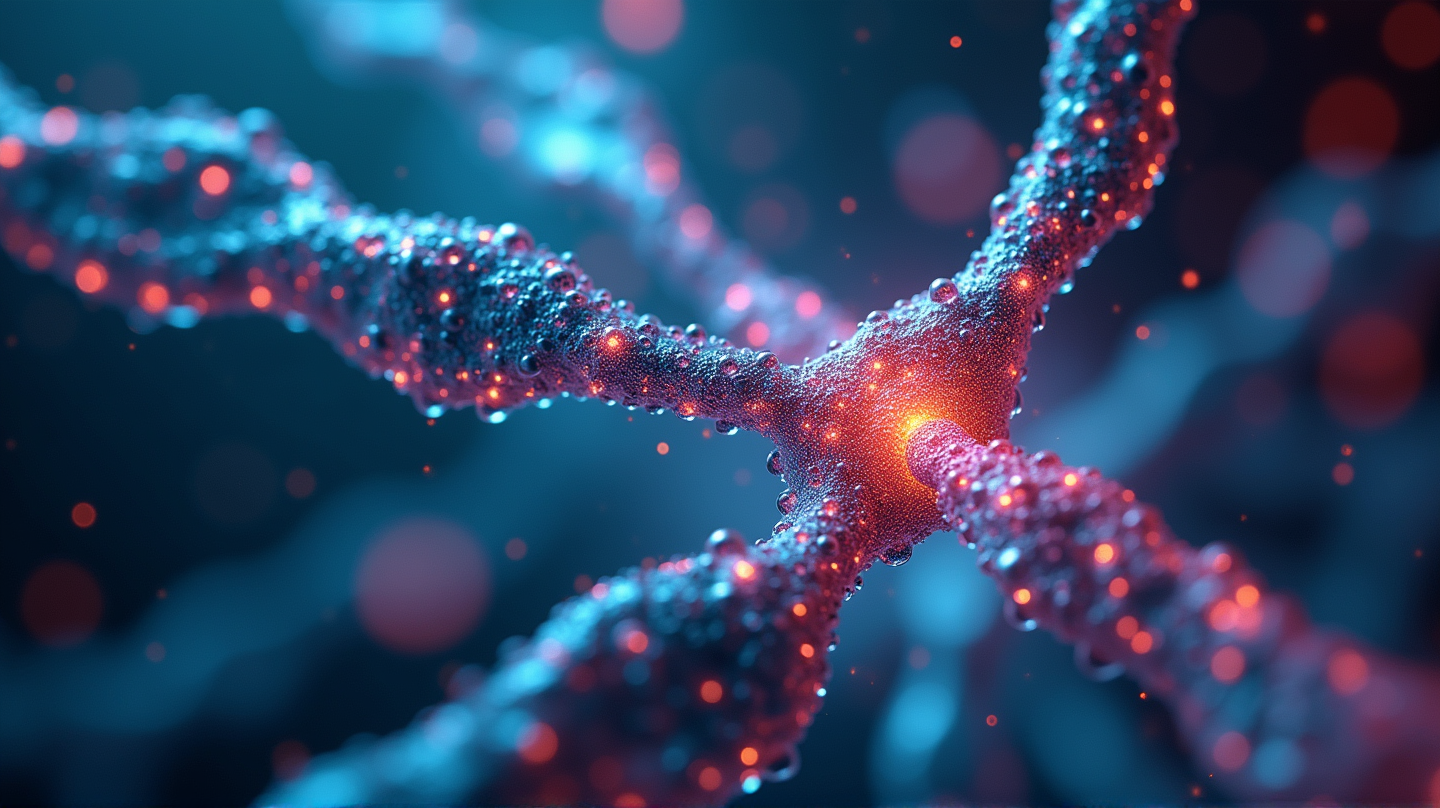Cancer, the silent invader, now seems to possess an even more insidious strategy. Researchers have discovered that cancer cells can transfer mitochondria to nearby healthy fibroblasts, rewriting their purpose and turning them into unwitting accomplices in the tumor’s growth. These “powerhouses” of the cell, once inside a healthy neighbor, fuel its growth and shift its genetic activities to support the cancer’s silent agenda.
A Crossroad of Discovery
A recent study led by biochemist Sabine Werner at ETH Zurich has unveiled this sinister exchange between cancer cells and neighboring fibroblasts through thin, wiring-like structures known as tunneling nanotubes. This revelation came as a happy accident while Werner’s team explored the interactions between cancer and connective tissue cells.
The Role of MIRO2
Central to this discovery is the protein MIRO2, responsible for shuttling these mitochondrial agents to the cell’s edge, where they initiate their secret transfer. Without MIRO2, the cancerous transaction is halted, providing a promising target for future therapies.
Unraveling Tumor Dynamics
Observations in the lab have shown that once interfered with by cancer mitochondria, fibroblasts accelerate in growth and significantly ramp up activity in genes associated with cancer. According to Science News, these changes catalyze the fibroblasts into aggressive tumor-promoting entities, a new revelation in cancer progression studies.
Broader Implications and Future Questions
This mitochondrial espionage isn’t limited to fibroblasts. Yosuke Togashi from Okayama University points out that immune cells can also be duped, their cancer-fighting prowess dampened by received cancer mitochondria. While the study of mitochondrial transfer remains young, it opens a field buzzing with questions about the mechanisms behind these cellular highways and their triggers.
Jiří Neužil of the Czech Academy of Sciences believes that understanding these interactions could usher in a new era of cancer treatment, where disrupting mitochondrial pathways may halt cancer’s sneaky growth.
The Path Ahead
While Werner’s team continues to unravel this cellular mystery, the implications reach far beyond initial discovery. As more scientists turn their attention to these tunneling nanotubes, the greater the hope becomes for new, targeted cancer therapies born from the very essence of cellular communication.
By delving into this unexpected path, one that started with a mere invisible thread, the scientific community stands on the brink of potentially groundbreaking cancer cures.
